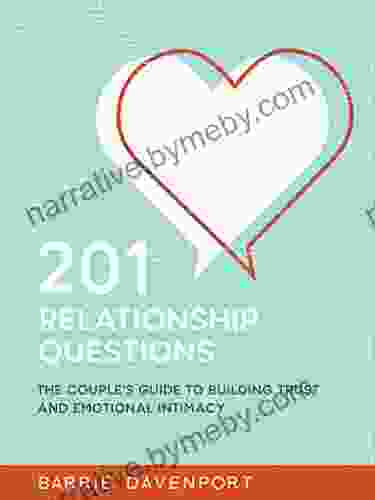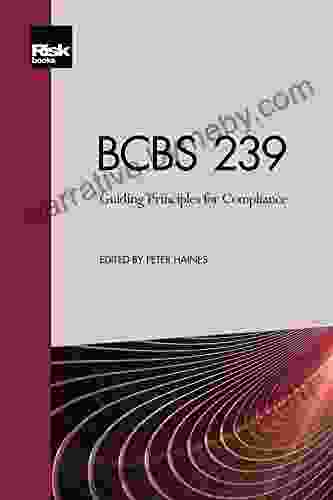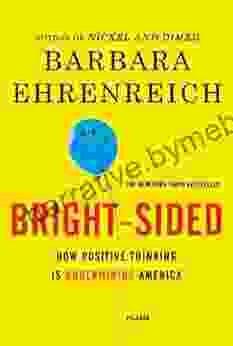From Script to Serif: Letterforms Used to Perfection

Letterforms are the building blocks of language. They are the visual representations of the sounds that we use to communicate. Letterforms can be simple or complex, elegant or ornate. They can be used to create a wide variety of effects, from the mundane to the sublime.
In this book, we will explore the history, design, and use of letterforms. We will begin with a look at the earliest forms of writing, and trace the development of letterforms from their origins to the present day. We will then examine the different types of letterforms, and discuss their strengths and weaknesses. Finally, we will put our knowledge to use by creating our own letterforms.
The earliest forms of writing date back to the Sumerians, who developed a system of cuneiform writing around 3500 BC. Cuneiform was a complex system of writing that used wedge-shaped marks to represent sounds. The Sumerians also developed a system of numbers, which they used to keep track of their trade goods.
4.4 out of 5
| Language | : | English |
| File size | : | 55522 KB |
| Text-to-Speech | : | Enabled |
| Screen Reader | : | Supported |
| Print length | : | 440 pages |
The Egyptians developed a system of hieroglyphics around 3200 BC. Hieroglyphics were a more representational system of writing than cuneiform, and they were used to record a wide variety of information, including religious texts, historical records, and business transactions.
The Phoenicians developed an alphabet around 1000 BC. The Phoenician alphabet was a much simpler system of writing than cuneiform or hieroglyphics, and it was quickly adopted by other cultures. The Phoenician alphabet is the ancestor of most of the alphabets that we use today.
The Greeks developed a system of writing around 800 BC. The Greek alphabet was based on the Phoenician alphabet, but it added several new letters to represent sounds that did not exist in Phoenician. The Greek alphabet was used to write a wide variety of works, including poetry, drama, history, and philosophy.
The Romans developed a system of writing around 500 BC. The Roman alphabet was based on the Greek alphabet, but it added several new letters to represent sounds that did not exist in Greek. The Roman alphabet is the ancestor of most of the alphabets that we use today.
Letterforms are designed to be both functional and aesthetically pleasing. They must be easy to read and write, but they must also be visually appealing. There are a number of factors that affect the design of letterforms, including:
- The script: The script is the basic shape of the letterforms. There are many different scripts, each with its own unique characteristics.
- The typeface: The typeface is a specific set of letterforms that are designed to work together. Typefaces can be classified into a number of different categories, such as serif, sans serif, and script.
- The weight: The weight of a letterform refers to its thickness. Letterforms can be light, medium, or bold.
- The slant: The slant of a letterform refers to its angle. Letterforms can be upright, italic, or oblique.
The design of letterforms is a complex process that requires a great deal of skill and experience. The best letterforms are those that are both functional and aesthetically pleasing.
Letterforms are used in a wide variety of applications, including:
- Text: Letterforms are used to create text, which is the written representation of language. Text can be found in a variety of forms, including books, magazines, newspapers, and websites.
- Headlines: Letterforms are used to create headlines, which are the titles of articles or stories. Headlines are designed to grab attention and draw readers in.
- Logos: Letterforms are used to create logos, which are the visual representations of companies or organizations. Logos are designed to be memorable and to convey the company's or organization's identity.
- Signage: Letterforms are used to create signage, which is used to provide information or directions. Signage can be found in a variety of places, including buildings, streets, and parks.
Letterforms are an essential part of our visual world. They are used to communicate information, to create visual impact, and to express our creativity.
Letterforms are a fascinating and complex subject. They are the building blocks of language, and they have a long and rich history. The design and use of letterforms is a skill that requires a great deal of skill and experience. The best letterforms are those that are both functional and aesthetically pleasing.
I hope that this book has given you a greater appreciation for the beauty and power of letterforms. I encourage you to continue to explore this fascinating subject.
4.4 out of 5
| Language | : | English |
| File size | : | 55522 KB |
| Text-to-Speech | : | Enabled |
| Screen Reader | : | Supported |
| Print length | : | 440 pages |
Do you want to contribute by writing guest posts on this blog?
Please contact us and send us a resume of previous articles that you have written.
 Book
Book Novel
Novel Page
Page Chapter
Chapter Text
Text Story
Story Genre
Genre Reader
Reader Library
Library Paperback
Paperback E-book
E-book Magazine
Magazine Newspaper
Newspaper Paragraph
Paragraph Sentence
Sentence Bookmark
Bookmark Shelf
Shelf Glossary
Glossary Bibliography
Bibliography Foreword
Foreword Preface
Preface Synopsis
Synopsis Annotation
Annotation Footnote
Footnote Manuscript
Manuscript Scroll
Scroll Codex
Codex Tome
Tome Bestseller
Bestseller Classics
Classics Library card
Library card Narrative
Narrative Biography
Biography Autobiography
Autobiography Memoir
Memoir Reference
Reference Encyclopedia
Encyclopedia Liz Bucheit
Liz Bucheit Barry M Prizant
Barry M Prizant Janet Wood
Janet Wood Arthur Winter
Arthur Winter Barbara Oehlberg
Barbara Oehlberg Ashley Bugge
Ashley Bugge Ayn Rand
Ayn Rand Asa
Asa Autumn Sears Fesperman
Autumn Sears Fesperman Roger Mcgough
Roger Mcgough Ashlee Lewis
Ashlee Lewis Tara Bianca
Tara Bianca Rita Sandford
Rita Sandford Ashley Spires
Ashley Spires Jim Davis
Jim Davis Audrey Fielding
Audrey Fielding Avi Gil
Avi Gil Barry Ord Clarke
Barry Ord Clarke Aw Schultz
Aw Schultz Aubrey Davis
Aubrey Davis
Light bulbAdvertise smarter! Our strategic ad space ensures maximum exposure. Reserve your spot today!

 Benjamin StoneThe Couple's Guide to Building Trust and Emotional Intimacy: Your Journey to...
Benjamin StoneThe Couple's Guide to Building Trust and Emotional Intimacy: Your Journey to... Jayden CoxFollow ·15.4k
Jayden CoxFollow ·15.4k Gus HayesFollow ·3.2k
Gus HayesFollow ·3.2k Craig BlairFollow ·5.3k
Craig BlairFollow ·5.3k Carson BlairFollow ·2.4k
Carson BlairFollow ·2.4k Alex FosterFollow ·2.4k
Alex FosterFollow ·2.4k Jesse BellFollow ·12k
Jesse BellFollow ·12k Christopher WoodsFollow ·5k
Christopher WoodsFollow ·5k Virginia WoolfFollow ·2.5k
Virginia WoolfFollow ·2.5k

 Ian McEwan
Ian McEwanWhy Didn't Anyone Say Anything? Uncovering the Hidden...
By [Author's...

 William Wordsworth
William WordsworthArthurian Legendarians: Faithless One - Part One – A...
In the realm of legendary tales, the...

 Corey Hayes
Corey HayesSSAT ISEE Prep Test: Arithmetic Review Flash Cards Cram...
Are you preparing for the SSAT or ISEE exam?...

 Robert Louis Stevenson
Robert Louis StevensonUnveiling the Essential Guide to Compliance: BCBS 239...
In the ever-evolving...

 Javier Bell
Javier BellJust Peachy: A Tale of Sweetness and Sassiness
Immerse yourself in a...

 Brent Foster
Brent FosterStep-by-Step Instruction Manual to Building a Real Estate...
Are you eager to embark on the...
4.4 out of 5
| Language | : | English |
| File size | : | 55522 KB |
| Text-to-Speech | : | Enabled |
| Screen Reader | : | Supported |
| Print length | : | 440 pages |










